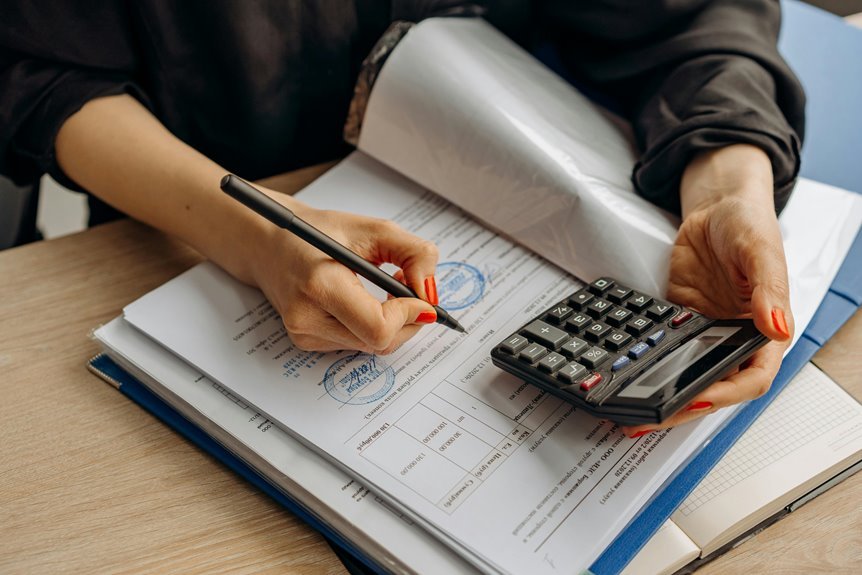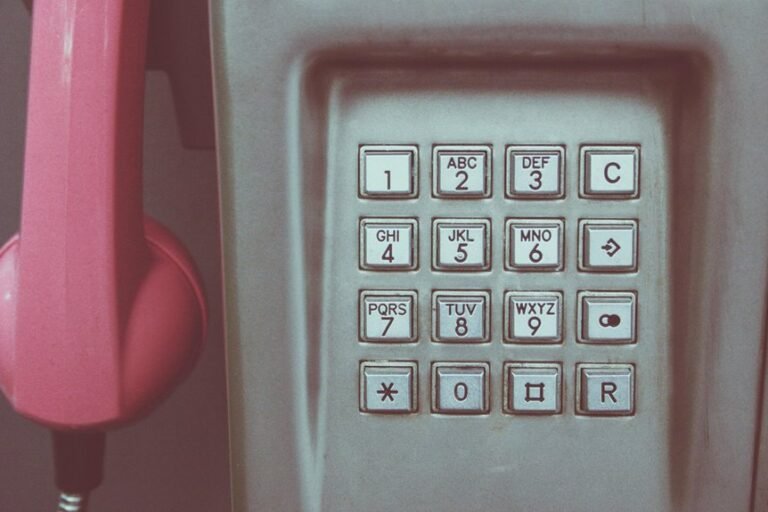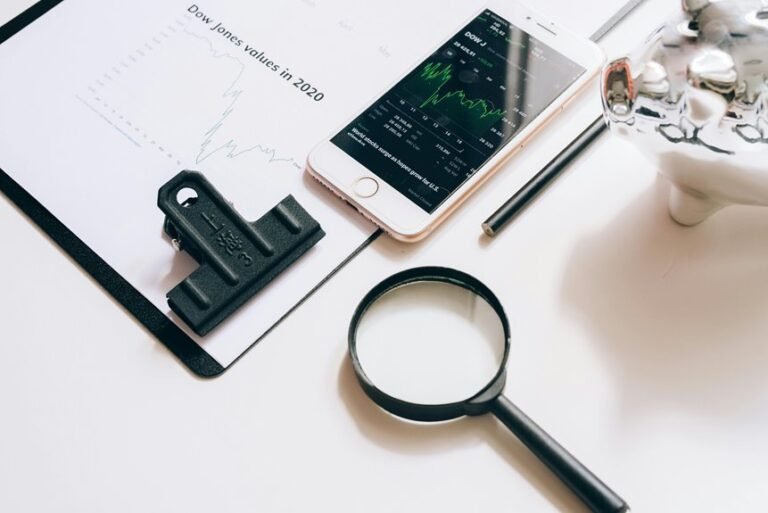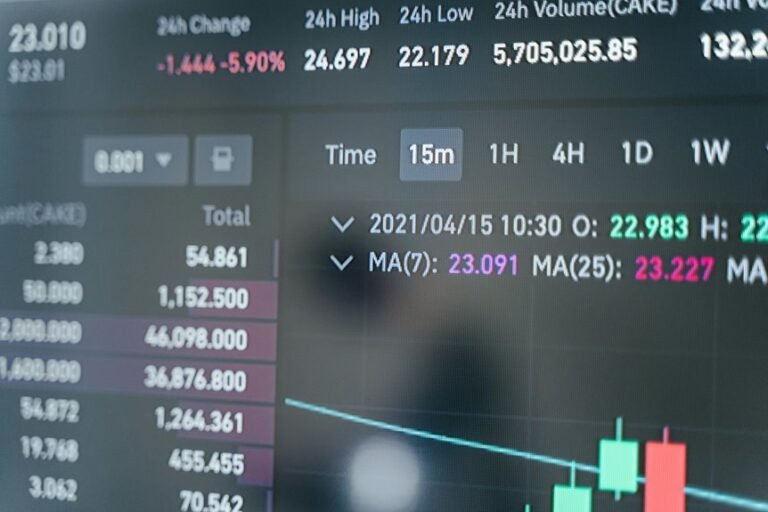Who Called Me From 4035270830, 4036483300, 4037701966, 4038791168, 4038791646, and 4039071172? Verify Now
Calls from numbers like 4035270830, 4036483300, 4037701966, 4038791168, 4038791646, and 4039071172 raise concerns about their legitimacy. Numerous individuals have reported similar experiences, prompting questions about the identity of the callers. Are these numbers linked to legitimate businesses or potential scams? Understanding the context behind these calls is crucial. The answers may reveal patterns that can protect against unwanted intrusions. What might those insights uncover?
Identifying the Callers Behind the Numbers
How can one effectively uncover the identities of unknown callers?
Employing various caller identification techniques is essential. Utilizing a reverse phone lookup service can provide crucial information about the number in question, revealing the caller’s name and location.
This analytical approach empowers individuals to reclaim their privacy and make informed decisions about answering calls from unfamiliar numbers.
Freedom from unwanted disturbances is within reach.
Common Scams and Telemarketing Trends
As individuals seek to identify unknown callers, they may encounter a range of scams and telemarketing trends that have become increasingly sophisticated.
Common tactics include spoofing legitimate numbers and creating urgency to elicit personal information.
Heightened scam awareness is crucial, as these telemarketing tactics evolve, exploiting vulnerabilities and targeting unsuspecting individuals who value their freedom from intrusive communication and deceitful practices.
How to Protect Yourself From Unwanted Calls
A growing number of individuals are seeking effective strategies to shield themselves from unwanted calls that disrupt daily life and compromise personal security.
Implementing call blocking features on smartphones and utilizing advanced privacy settings can significantly reduce these disturbances.
Additionally, registering with national do-not-call lists enhances personal freedom, allowing individuals to reclaim their time and protect their privacy from intrusive solicitations.
Conclusion
In a world where coincidences abound, receiving a call from one of these numbers may seem trivial, yet it could be a chance encounter with a potential scammer. As individuals navigate the complexities of unsolicited communications, the importance of verifying callers cannot be overstated. By employing reverse phone lookup services and staying informed about prevalent scams, one can transform a seemingly ordinary call into a pivotal moment of protection, ensuring that personal information remains safeguarded against deceitful tactics.






